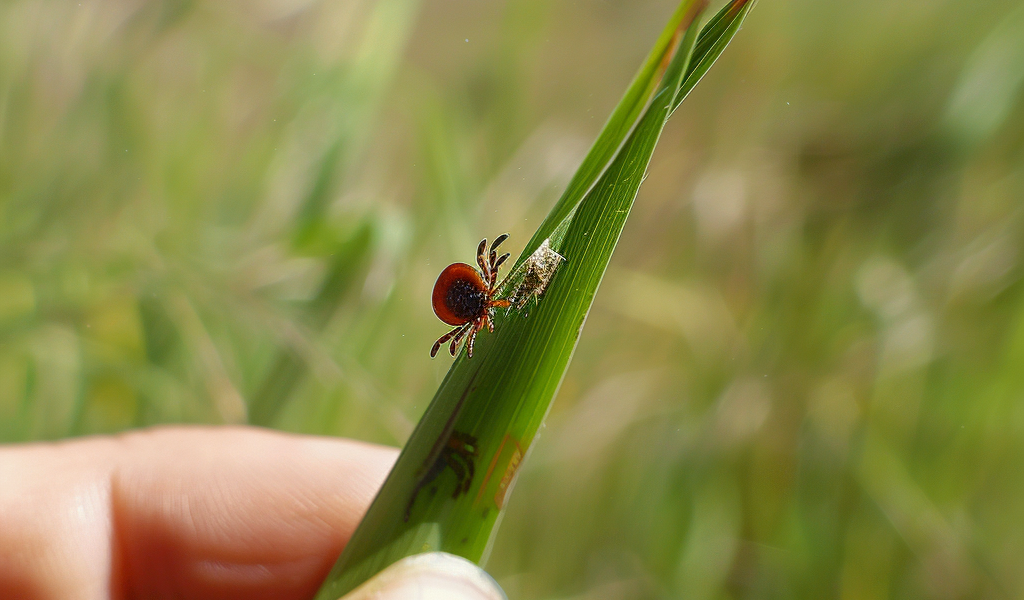Lyme disease is on the rise globally, and the reasons behind this increase are multifaceted, with climate change playing a significant role. As temperatures rise and ecosystems shift, the habitats of ticks—vectors for Lyme disease—are expanding, leading to more encounters between humans and these disease-carrying parasites.
Ticks are small arachnids that feed on the blood of mammals, birds, reptiles, and amphibians. They are second only to mosquitoes in terms of their ability to transmit diseases to humans. When a tick bites, the initial sensation may be imperceptible, as they can secrete substances that numb the area and prevent the host from feeling the bite. This stealthy feeding method enables the tick to transfer any pathogens it carries into the bloodstream without immediate detection.
The most notorious of these pathogens is Borrelia burgdorferi, the bacteria responsible for Lyme disease. First identified in Lyme, Connecticut, in 1975, the disease has since gained recognition as a significant public health concern. Symptoms of Lyme disease can mimic those of other conditions, often leading to misdiagnosis and delayed treatment.
Dr. Jack Lambert, a consultant in infectious diseases and professor at University College Dublin, emphasizes the widespread impact of Borrelia burgdorferi. He notes, “It goes to the brain, it goes to the joints. It goes to the muscles, the nervous system, the peripheral nervous system, the bladder, and the gut.” This broad range of potential symptoms complicates the diagnosis process, as not all patients present with the classic signs of Lyme disease.
One of the most recognized symptoms is the characteristic





